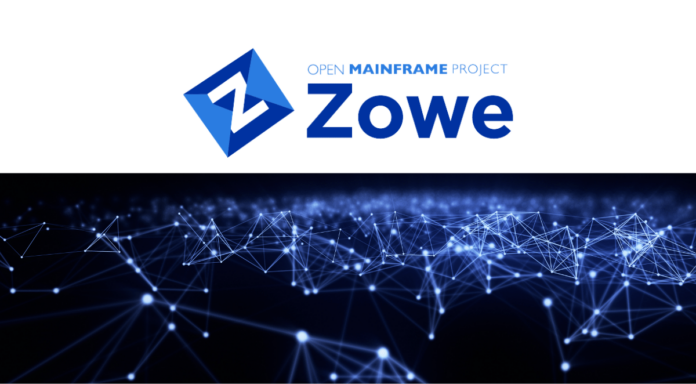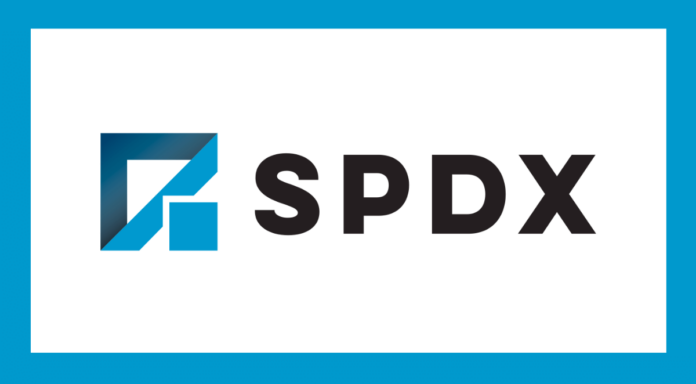The Fintech Open Source Foundation continues to expand support across all constituents and geographies with increased buy-side, cloud and financial technology representation
New York, NY – May 31 – The Fintech Open Source Foundation (FINOS), the financial services umbrella of the Linux Foundation, announced today the addition of six new corporate members, including Google Cloud, Société Générale, American Express, Point72, Mirantis, and The Digital Dollar Project. Building upon its 19 new Members in 2021 and its recent addition of Wellington Management Company to its Governing Board, FINOS now has 57 corporate members ushering a new era in open collaboration across the global financial services industry.
These new members, as well as the entire FINOS ecosystem will meet in London on July 13 at its annual Open Source in Finance Forum.
This addition of new members reinforces FINOS’ position as the arena of choice to build the next generation of financial technologies on common standards and open source components for financial institutions on both the sell-side and buy-side, fintechs, cloud companies, regulators, industry consortia and individual contributors. FINOS continues to see growth in the number and diversity of its corporate members across the world, with more than a 35% increase in the number of members year-over-year, fueling a community of more than 1,200 active contributors. This announcement is particularly significant as the engagement of cloud vendors and new buy-side firms signals widespread reception of open source return on investment across the technology value chain as a whole.
“We are at a pivotal moment in our evolution as a Community, where literally every constituent of the industry has come to the realization that open source collaboration has the concrete potential to bring to life the vision of a highly efficient, interoperable and developer-friendly global financial technology stack,” said Gabriele Columbro, Executive Director of FINOS. “From cloud and open source leaders heading the charge to some of the historically most conservative firms in the world now rolling out Open Source Program Offices (OSPOs), we are incredibly proud to see global recognition of the value in open source and of the role FINOS played in this evolution.”
Meet the new members
Google Cloud becomes the first global cloud service provider joining FINOS as a Gold member. Google Cloud will contribute to critical efforts for cloud deployments in financial services like the FINOS Open RegTech and Compliant Financial Infrastructure initiatives, aimed at driving adoption of FINOS open source projects in the cloud.
“For more than 20 years, Google has helped shape the future of computing with its technology leadership and support across the open source ecosystem,” said Zac Maufe, Director, Financial Services, Google Cloud. “We are thrilled to join FINOS and its community of companies and people dedicated to open source. As the financial services industry accelerates its adoption of cloud technologies, FINOS open source projects will deliver valuable support to both our customers and the financial services tech community at large.”
Société Générale (SocGen), a French multinational investment bank and financial services company, joins FINOS as a Gold member, representing an important addition to the European sell-side representation in FINOS. This comes on the heels of the Linux Foundation amplifying its global focus with the recently announced inaugural European World of Open Source: 2022 Europe Spotlight Survey, a testament to the truly global nature and potential of the open source Community.
“Société Générale implemented an ‘Open Source First’ policy in 2017 and established it’s Open Source Program office (OSPO) in 2020,” said Alain Voiment, CIO for Group digital foundations and corporate functions, Société Générale. “Over the years, our focus has been to evolve in the open source journey by deriving benefits from infrastructure layer to applicative layer to business value add while engaging our developers’ community. As we become a more ‘tech enabled’ company leveraging the power of IT, digital, and data, we continue to foster our innovation capacity in bringing added value for our clients. Collaboration with FINOS is the right step in this direction and there couldn’t be a better time to embark on this journey.”
Our third Gold member, American Express, is dedicated to delivering digital products and services that enhance the lives of their customers, and believe open-source is a key component in supporting innovative growth across the industry.
“Our technology philosophy focuses on delivering increased scale and efficiency, improved speed to market, high-quality, and security, while always keeping our customer at the center of all we do,” said Hilary Packer, Executive Vice President & Chief Technology Officer, American Express. “We’re excited to join FINOS because of the opportunities it will provide to collaborate with and contribute to the community, while supporting our ongoing adoption of open-source software, standards, and best practices, which in turn will help drive the continued success and growth of our company.”
FINOS also continues to expand the open source technology footprint among buy-side institutions to deliver innovation among the investment and asset management industries. Firms now have the ability to leverage open source connectivity, through projects like FDC3 that bolster interoperability with the sell-side, to access the market quickly in a vendor agnostic fashion. Newest Silver member Point72, a global asset manager which invests in multiple strategies and asset classes, was the first buy-side firm to join FINOS earlier in 2022, signaling their leadership and strong focus on the use of open source in this industry sector.
“Open source has emerged as an increasingly important driver of innovation in leading technology organizations within financial services,” said Mark Brubaker, Chief Technology Officer at Point72. “Our decision to join FINOS reflects our belief that open source collaboration raises all boats, benefiting all organizations and technologists.”
Mirantis, an established open source leader and cloud management platform that helps organizations easily ship code on public and private clouds, also joined FINOS as a Silver member.
“We are proud and excited to join FINOS,” said Andy Wild, Chief Revenue Officer of Mirantis. “With the rapid adoption of Cloud Native Technologies driven by Kubernetes in the financial industry, Mirantis understands that collaboration is the fastest path to innovation, and our open source based products and services have helped to drive innovation and growth for our financial customers for years. Joining FINOS, we look forward to having the opportunity to further align with the needs of the financial industry.”
FINOS also welcomes its latest Associate member, The Digital Dollar Project, a leading private-public partnership advancing the study and exploration of a potential U.S. Central Bank Digital Currency (CBDC), an initiative FINOS recently announced its support for in Davos.
“New advances in financial technology, including CBDCs, have the power to transform economies and connect people, governments, and businesses, locally and globally,” said Jennifer Lassiter, Executive Director of The Digital Dollar Project. “We know that experimentation and information sharing are critical to innovation, which is why we are thrilled to contribute to open source solutions as a new addition to the vibrant FINOS community.”
The addition of new Gold, Silver and Associate members marks continued forward momentum of FINOS’ mission to drive mass open source adoption across all facets of the financial services industry, strengthening its position as the leading organization supporting the industry as they collaborate on vital areas, such as interoperability, data standards, and open source security.
To learn more about joining FINOS as a member, visit the Membership Benefits page. Meet the FINOS team in London on July 13 at its annual Open Source in Finance Forum.
About FINOS
FINOS (The Fintech Open Source Foundation) is a nonprofit whose mission is to foster adoption of open source, open standards and collaborative software development practices in financial services. It is the center for open source developers and the financial services industry to build new technology projects that have a lasting impact on business operations. As a regulatory compliant platform, the foundation enables developers from these competing organizations to collaborate on projects with a strong propensity for mutualization. It has enabled codebase contributions from both the buy- and sell-side firms and counts over 50 major financial institutions, fintechs and technology consultancies as part of its membership. FINOS is also part of the Linux Foundation, the largest shared technology organization in the world. Get involved and join FINOS as a Member.
Media Contact:
Catharine Rybeck
Caliber Corporate Advisers
catharine@calibercorporateadvisers.com
The post Google Cloud, Société Générale, American Express, Point72, Mirantis, and The Digital Dollar Project Join FINOS, as Open Source Collaboration Becomes Increasingly Critical Across the Global Financial Ecosystem appeared first on Linux Foundation.






